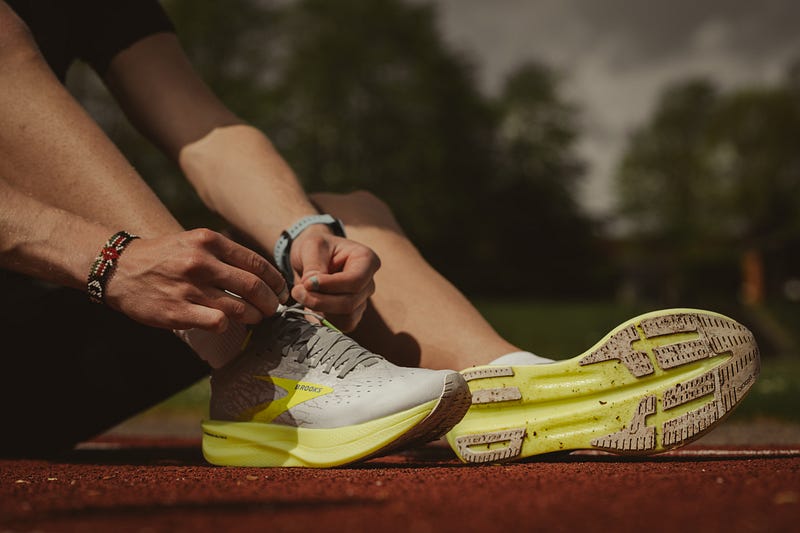Finding the Right Running Shoes to Prevent Unnecessary Pain
Written on
Chapter 1: Understanding the Impact of Running Shoes
Many runners overlook a crucial aspect of their training: the choice of footwear. Although modern running shoes provide significant support, they can also have hidden drawbacks. Often, shoes are overly cushioned, which can hinder the natural loading of muscles and tissues in the feet. Over time, relying solely on these high-tech shoes can lead to decreased stability and strength in the lower legs.
If you're feeling discomfort in your calves, it's likely that shoe selection isn't the first thing on your mind. However, it's essential to recognize that even the most expensive and well-made shoes can impede your training if they don't fit correctly.
Section 1.1: The Importance of Gait Analysis
I recommend consulting a gait specialist if you're uncertain about the right running shoes for you. The correct shoe selection is vital for your training, so it's worth investing the time to ensure your needs are met. If you have a history of calf or foot pain, it may also be beneficial to see a podiatrist to evaluate whether running is suitable for you. Often, reducing your running volume can lead to significant improvements.
Subsection 1.1.1: Key Features to Consider
Heel-to-Toe Drop:
The heel-to-toe drop refers to the height difference between the heel and the toes of the shoe. A typical drop ranges from 10 to 12 mm, but it can be lower depending on the shoe type. Transitioning from a high to a low drop without proper calf strengthening can introduce new motion ranges that your muscles may not be prepared for, leading to pain and discomfort.
Shoe Stability:
Rapid changes from a supportive shoe to a less stable one can cause complications. The soleus muscle, which stabilizes the foot and ankle, may become overworked, resulting in strain and irritation. Additionally, if your ankle joints are not accustomed to less support, you risk minor sprains. The right level of stability is crucial based on your specific anatomy and running style, so consider professional advice when selecting footwear.

Section 1.2: Tips for Healthy Running
If you're experiencing significant pain, it's vital to reduce your running volume alongside changing your footwear. If you simply want to switch shoe types, make sure to decrease your running volume and gradually increase it to avoid injuries. Strengthening your calves and ankles can also help them better cope with the demands of running. However, delay strength training until your pain has subsided.
Experimenting with different running surfaces can also be beneficial; consider alternating between roads and trails.
Chapter 2: Expert Insights on Running Pain
In the first video, "Is it Safe to Run if You Have Pain From Runner's Knee?", experts discuss the implications of running with knee pain and how to manage your training effectively.
The second video, "Why Runners Ignore Pain and Injury and Why It Needs To Stop," delves into the reasons runners often overlook pain and how this can lead to severe injuries.
In Conclusion
While running shoes have revolutionized the sport, their plushness can sometimes lead to issues. It's crucial to find shoes that align with your anatomy and running style to prevent calf and ankle irritations. Be cautious about transitioning between shoe types, as your body may react negatively. If you decide to make a switch, adjust your training volume accordingly.
Strengthening your calves and ankles is a proactive measure that takes minimal time but can significantly enhance your long-term running health.
Wishing you happy and safe training!
-David Liira.Kin